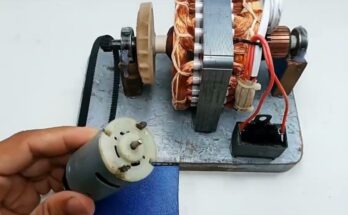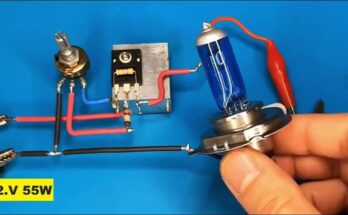Creating a DIY palletizing machine is an inspiring electronic and mechanical project that combines automation, creativity, and engineering skills. A palletizing machine is designed to automatically arrange, lift, and stack products or boxes onto pallets for storage or shipping. In industries, such systems save time, reduce human labor, and increase productivity. Building a small-scale DIY version allows learners to understand how real industrial automation works.
This project uses PLC (Programmable Logic Controller) technology to control the entire process. Specifically, it is programmed using SIEMENS TIA Portal V16 software, one of the most powerful tools for industrial automation. The PLC acts as the brain of the system—it receives input signals from sensors, processes the data, and sends output commands to motors, actuators, and conveyors to perform stacking operations precisely and safely.
The DIY palletizing machine starts with a conveyor system that moves small boxes toward the stacking area. Sensors detect each box’s position, and a robotic arm or mechanical lifter, controlled by the PLC, picks it up and places it accurately on the pallet. Through TIA Portal V16, users can create a ladder logic program that controls the timing, sequence, and safety operations. The software also allows real-time simulation, making it easier to test and modify the design before building the actual hardware.
This invention teaches valuable lessons in automation, mechanical design, and programming logic. By experimenting with different sensor placements, motor speeds, and stacking patterns, creators can optimize performance and understand how industrial robots operate.
In conclusion, building a DIY palletizing machine using SIEMENS TIA Portal V16 is not just a technical project—it’s a journey into the world of modern automation. It showcases how innovation, software, and engineering can come together to create efficient, intelligent, and practical machinery for future industries.


